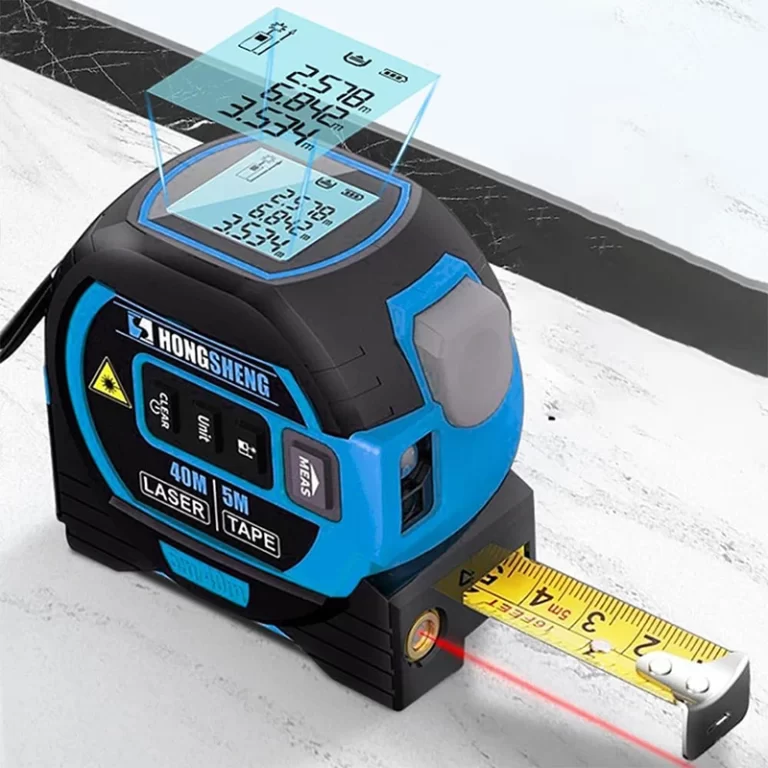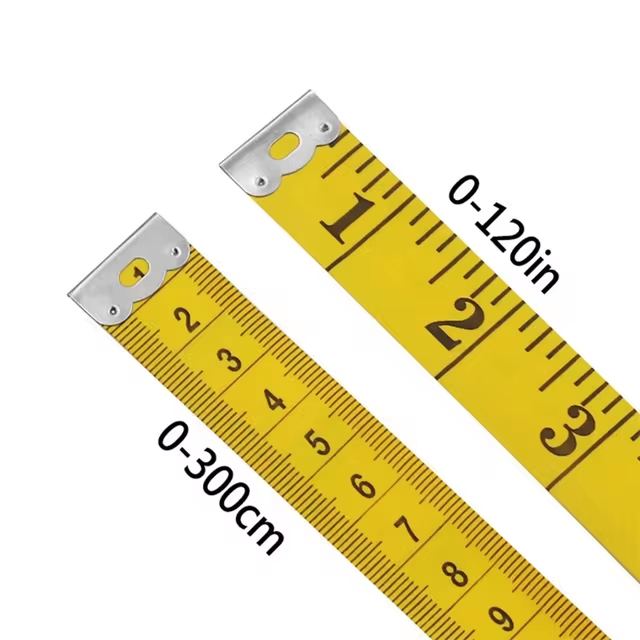
How to Choose the Best Centimeter Tape Measure for Daily Use
What Is a Centimeter Tape Measure?
A centimeter tape measure is a tool used to measure length or distance. It shows measurements in centimeters and millimeters. This tool is common in sewing, construction, and crafting. Its simple design makes it perfect for various tasks.
Key Features of Centimeter Tape Measures
Centimeter tape measures have several important features:
- Centimeter and millimeter markings: Precise units for accurate measurements.
- Durable material: Often made of metal, plastic, or flexible fabric.
- Retractable or foldable design: Makes them portable and easy to use.
- Hook or tab at the end: Assists in securing the tape during use.
These features make them suitable for both small and large measuring tasks.
Common Uses in Daily Life and Professional Settings
Centimeter tape measures serve various purposes:
- Home use: Measure furniture dimensions or art projects.
- Tailoring and sewing: Assist in creating perfectly tailored clothing.
- Construction and DIY projects: Help in taking precise measurements for renovations.
- Scientific measurements: Support in gathering data for experiments.
This tool is lightweight, versatile, and essential in many fields.
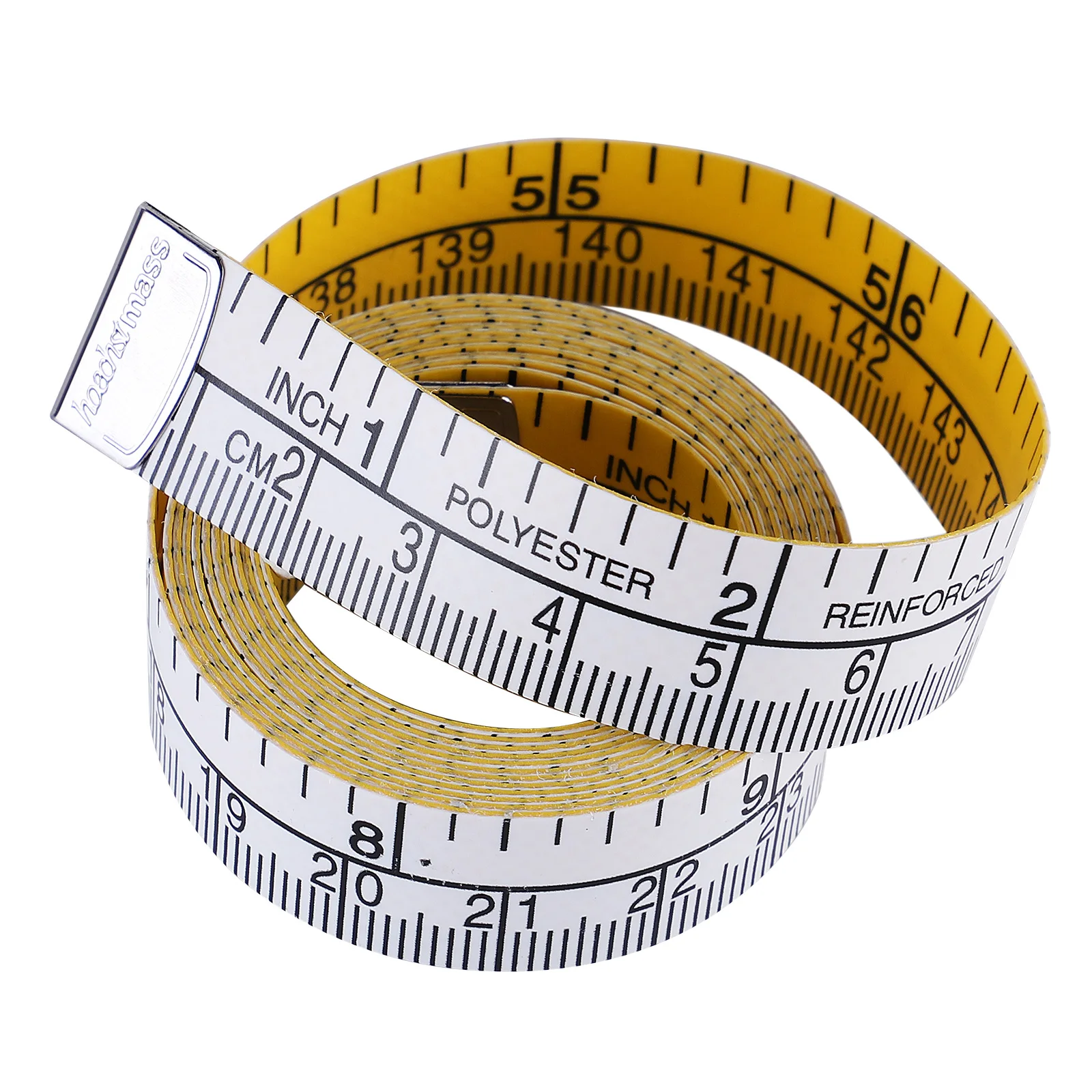 Types of Tape Measures
Types of Tape Measures
Different tasks require different types of centimeter tape measures. Choosing the right type ensures easier and accurate measurements. Below are the main categories of tape measures based on their design and functionality.
Flexible vs. Rigid Tape Measures
- Flexible tape measures: Made from fabric or soft materials. Ideal for sewing and tailoring projects. These can wrap around curved objects easily. For example, they are great for measuring body dimensions or irregular shapes. Compact and lightweight, they are easy to carry and store.
- Rigid tape measures: Constructed from metal or sturdy plastic. Perfect for construction and DIY projects. They stay straight, allowing for better accuracy on flat surfaces. These often come in retractable designs with locking mechanisms.
Digital vs. Manual Centimeter Tape Measures
- Digital tape measures: Feature electronic displays for precise readings. Easy to use for quick measurements. Ideal for professionals in scientific or technical fields. Some models include memory storage for keeping multiple measurements.
- Manual tape measures: Standard, non-digital design with marked units. Dependable and do not require batteries. Affordable and versatile, they suit a variety of tasks. Commonly used in homes, workshops, and outdoor projects.
Each type of centimeter tape measure has its own benefits. Consider the task and materials before making your choice.
How to Read a Tape Measure
Learning to read a centimeter tape measure is essential for getting precise measurements. The markings on the tape are straightforward once you understand them. Follow these tips to ensure accuracy during your measurements.
Understanding Centimeter and Millimeter Markings
- Centimeter markings: These are the larger, numbered lines on the tape. Each number represents a full centimeter. For example, “1” indicates 1 centimeter, “2” means 2 centimeters, and so on.
- Millimeter markings: The smaller lines between the centimeter markings show millimeters. There are 10 millimeters in each centimeter. This allows for very precise readings.
- Example: If the measurement lands on the third small line after the “4” centimeter mark, it equals 4.3 centimeters.
- Labeled divisions: Some tapes may also highlight every fifth or tenth millimeter for quicker reference.
Understanding these markings ensures you can measure with confidence and precision.
Tips for Accurate Measurements
- Keep the tape flat: Ensure the tape lays flat on the surface you are measuring.
- Align the edge: Start measuring from the “0” mark, not the edge of the tape.
- Hold the tape taut: Avoid slack to prevent errors in the reading.
- Use the hook: If available, use the metal hook at the tape’s end for stability.
- Read at eye level: Look at the tape directly to avoid misreading from an angle.
- Double-check measurements: Measuring twice reduces errors and ensures accuracy.
- Note your reading: Write down measurements immediately to avoid forgetting them.
By following these tips, you will master reading a centimeter tape measure and achieve precise results.
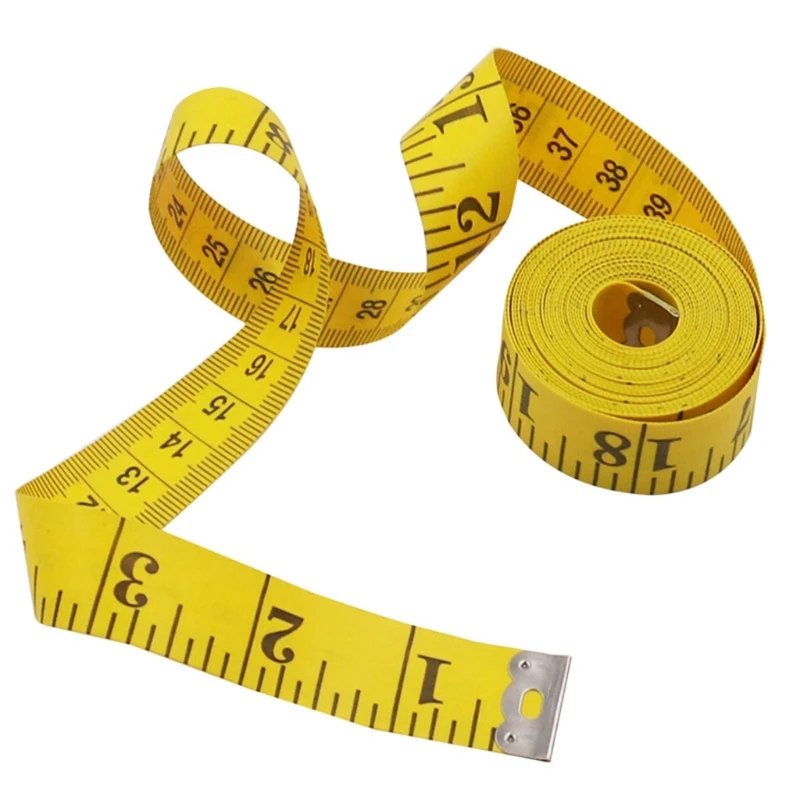 Step-by-Step Guide to Using a Tape Measure
Step-by-Step Guide to Using a Tape Measure
Using a centimeter tape measure effectively requires know-how. Follow these steps for precise measurements.
Preparing the Tape Measure for Use
- Inspect the tape: Check for any damage or bends on the tape.
- Ensure readability: Confirm that the centimeter and millimeter markings are clear and easy to see.
- Extend smoothly: Pull the tape out slowly to prevent kinks or tangling.
- Position the starting point: Align the “0” mark exactly where your measurement starts.
- Stabilize the tape: Use the hook or tab at the end to anchor the tape securely.
Proper preparation ensures accurate and hassle-free use.
Measuring Straight and Curved Surfaces
The Measuring Straight Surfaces
- Lay the tape flat against the surface.
- Hold the tape taut to avoid slack.
- Align the “0” mark at the start of the object.
- Read the measurement where the tape ends.
- Note the reading for reference.
The Measuring Curved Surfaces
- Use a flexible tape measure for curved objects.
- Wrap the tape snugly around the object.
- Start at the “0” mark and ensure no overlaps.
- Read and record the measurement where the tape meets the end.
Switching techniques based on surface shapes ensures precise results. Practice these steps for better accuracy.
Best Practices for Using a Tape Measure
Using a centimeter tape measure correctly can improve its durability and accuracy over time. Simple habits and techniques can make a big difference when measuring.
Proper Handling to Ensure Longevity
- Handle gently: Avoid dropping or forcefully twisting the tape to prevent damage.
- Retract slowly: Let the tape retract smoothly to avoid jamming or bending the markings.
- Clean regularly: Wipe off dirt or debris after each use to maintain clear markings.
- Avoid moisture exposure: Keep the tape measure dry to prevent rust or weakening of its material.
- Store correctly: Use the hook or retractable casing for safe storage without bending.
- Inspect for wear: Check for frayed edges or faded markings and replace if necessary.
These practices ensure your tape lasts longer and stays reliable.
Avoiding Common Mistakes During Measurement
- Ignoring the “0” mark: Always start measuring from the “0” point for accurate readings.
- Reading at an angle: Look at the tape straight-on to avoid errors.
- Using improper tension: Adjust the tape to be taut but not overstretched for a proper measurement.
- Skipping double-checks: Measure twice to confirm the reading and reduce errors.
- Using the wrong type of tape: Choose a rigid tape for flat surfaces or a flexible one for curved objects.
- Neglecting notes: Write down measurements immediately to avoid forgetting.
Following these guidelines helps improve accuracy and prevents measurement mistakes.
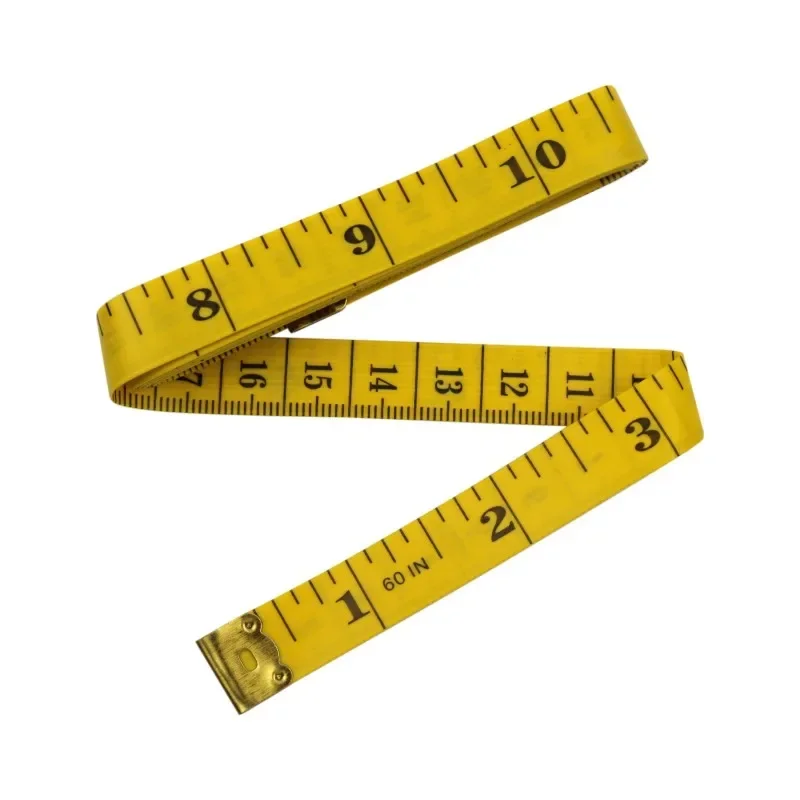 Applications of Tape Measures in Different Fields
Applications of Tape Measures in Different Fields
Centimeter tape measures are versatile tools used across various industries. They help achieve precision in tasks ranging from crafting to construction. Below are two key fields where these tools play an important role.
Measuring for Tailoring and Sewing Projects
Centimeter tape measures are essential in tailoring and sewing. They ensure accurate measurements for clothing and fabric cuts. Here’s how they are commonly used:
- Body measurements: Tailors use flexible tape measures to measure chest, waist, and hip sizes. This ensures a perfect fit for garments.
- Pattern making: Helps in creating sewing patterns for customized clothing designs.
- Fabric cutting: Ensures that fabric pieces are cut to the right dimensions before stitching.
- Hemming and adjustments: Perfect for measuring small lengths when hemming trousers or altering garments.
Flexible tape measures, made of fabric, are ideal for these tasks. Their soft material glides over curves, making body measurement seamless. Precision is key, and these tools deliver it consistently in tailoring.
Applications in DIY Home Projects and Construction
In DIY projects and construction, centimeter tape measures are indispensable. They guarantee accurate dimensions for tasks big and small:
- Furniture placement: Measure spaces to check if furniture will fit before purchase.
- Room renovations: Calculate lengths and heights for painting, flooring, or cabinetry installations.
- Material cutting: Ensure wood, tiles, or pipes are cut correctly for DIY tasks.
- Structural work: Assist in precise placements of beams and other construction elements.
Rigid tape measures are often preferred in this field. Their sturdy design ensures accuracy on flat surfaces. Retractable features enhance usability, allowing one-handed operation in tight spots.
These real-world applications highlight how centimeter tape measures are crucial tools. From professional settings to home projects, their use simplifies measurement tasks while ensuring accuracy.
Maintaining and Storing Your Tape Measure
Proper care ensures your centimeter tape measure stays functional and accurate for a long time. Regular cleaning and appropriate storage play a crucial role in maintaining its durability and usability.
Cleaning the Tape Measure After Use
- Wipe off dirt and dust: Use a soft, dry cloth after each use.
- Remove sticky residues: Use a damp cloth with mild soap for stubborn marks.
- Avoid strong chemicals: Harsh cleaners can damage the markings and material.
- Dry immediately: Ensure no moisture remains to prevent rusting.
- Check the markings: Make sure they remain clear and easy to read after cleaning.
Routine cleaning preserves both the appearance and functionality of your tape measure.
Tips for Proper Storage
- Retract fully: Always retract the tape gently to prevent twists or kinks.
- Keep dry: Store in a moisture-free area to avoid rust or material weakening.
- Use the hook or casing: Protect the tape by housing it in its protective case.
- Avoid heavy weight: Store it separately to prevent pressure on the tape.
- Designate a spot: Keep it in a specific place to avoid misplacing or damaging it.
- Inspect for damage: Check for bends or frays before storing and address issues immediately.
By cleaning and storing properly, your centimeter tape measure will remain accurate and last longer.
Choosing the Right Tape Measure
Selecting the right centimeter tape measure ensures accurate and hassle-free measurements. Various options are available, and choosing the right one depends on your specific needs.
Factors to Consider When Buying One
- Purpose of Use: Determine if you need it for tailoring, DIY projects, or professional tasks.
- Material: Look for durable materials like metal for rigid tasks or fabric for flexibility.
- Tape Length: Choose an appropriate length, such as 150 cm for basic use or longer for construction.
- Measurement Units: Ensure the tape shows clear centimeter and millimeter markings for precise readings.
- Design Features: Consider retractable tapes for portability or non-retractable ones for straightforward use.
- Cost: Balance your budget with the quality and features you require.
- Ease of Use: Opt for tapes with clear markings, smooth pull-out mechanisms, and stable hooks.
- Special Features: For professionals, look for added features like digital displays or memory settings.
Matching these factors to your needs helps in picking the most suitable tape measure for your tasks.
Top Brands and Recommendations for Centimeter Tape Measures
- Stanley: Renowned for sturdy, high-quality rigid tape measures ideal for construction and DIY projects.
- Fiskars: Known for their soft and flexible tapes, perfect for tailoring and sewing projects.
- Komelon: Offers retractable and durable tapes suitable for everyday household and professional use.
- Bosch: Specializes in digital tape measures with advanced features for technical and scientific applications.
- Craftsman: Delivers affordable, reliable manual tape measures for general-purpose tasks.
- Singer: Trusted for fabric tape measures, making them a popular choice among tailors and sewists.
- DeWalt: Produces heavy-duty tape measures designed for demanding construction or outdoor tasks.
Each of these brands provides dependable tapes tailored to various needs. Research their features to find the best match for your requirements.
 Frequently Asked Questions (FAQ)
Frequently Asked Questions (FAQ)
Before making your final decision, it’s essential to address some common questions about centimeter tape measures. Here are answers to frequently asked questions to help you make an informed choice.
What is the difference between a centimeter tape measure and an inch tape measure?
A centimeter tape measure uses the metric system, providing measurements in centimeters and meters, while an inch tape measure uses the imperial system, measuring in inches and feet. The choice depends on your preference and the measurement system you are most comfortable with.
Can a centimeter tape measure be used for both metric and imperial measurements?
Yes, many centimeter tape measures feature dual markings, allowing you to measure in both metric and imperial units. This versatility makes them suitable for a wider range of applications.
How do I ensure my centimeter tape measure is accurate?
To ensure accuracy, regularly check the tape measure against a known standard. Inspect the markings for clarity and ensure the locking mechanism functions correctly. Avoid dropping or bending the tape, as this can affect its precision.
What is the best length for a centimeter tape measure?
The best length depends on your specific needs. For household and small projects, a 3-meter tape measure is typically sufficient. For larger construction projects or extensive measurements, longer tapes of up to 10 meters may be necessary.
Are digital centimeter tape measures more accurate than traditional ones?
Digital centimeter tape measures can offer enhanced accuracy and additional features like memory storage and digital displays. However, traditional tape measures are highly reliable when used correctly. The choice depends on your preference for analog or digital tools.
How do I read a centimeter tape measure correctly?
Start by aligning the end of the tape with the object you are measuring. Read the measurement at the point where the tape meets the object’s edge. For precise measurements, use the smaller centimeter markings and ensure the tape is straight and taut.
What should I do if my centimeter tape measure is damaged?
If your tape measure is damaged, such as having a bent tape or broken markings, it’s best to replace it. Using a damaged tape measure can lead to inaccurate measurements and potential project errors.
Can I use a centimeter tape measure for both straight and curved surfaces?
Yes, a flexible centimeter tape measure can be used for both straight and curved surfaces. However, ensure the tape remains taut and follows the contour of the surface accurately to obtain precise measurements.
 Final Thoughts
Final Thoughts
Choosing the right centimeter tape measure is vital for achieving accuracy and efficiency in your projects. Whether you are a professional contractor, a tailor, or a DIY enthusiast, a high-quality tape measure can enhance your work and ensure precise results. By understanding the different types, key features, and applications, you can select a centimeter tape measure that perfectly aligns with your needs. Additionally, maintaining your tape measure properly will extend its lifespan and reliability. Invest in a good centimeter tape measure today, and experience the difference it makes in your measuring tasks.
